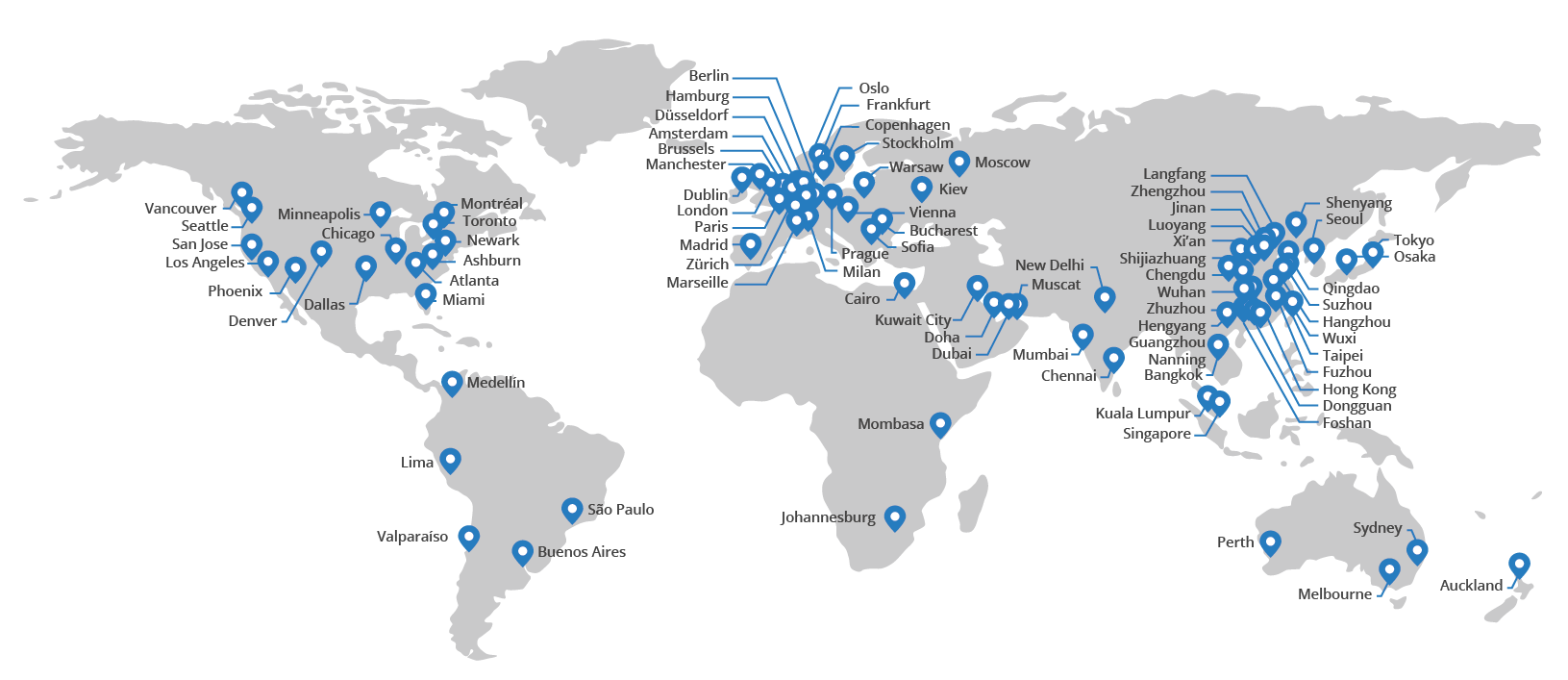The Importance of Cloudflare in Web Development

Cloudflare is a global network of content delivery and security services that improves the performance and security of websites. It provides a range of services, including content delivery, website acceleration, DDoS protection, and security services. Cloudflare is used by millions of websites weltweit, including some of the largest and most popular websites in the world.

Performance Benefits

One of the primary benefits of using Cloudflare is its ability to improve the performance of websites. Cloudflare’s global network of servers and content delivery capabilities enable it to deliver content to users quickly and efficiently, regardless of their location. This can result in faster website load times, improved user experience, and reduced bounce rates.
Security Benefits
Cloudflare also provides a range of security services that help protect websites from DDoS attacks, malware, spam, and other threats. Cloudflare’s DDoS protection service is one of the most sophisticated in the industry, and it has been shown to be effective against even the most sophisticated DDoS attacks. Cloudflare’s malware and spam scanning services also help to protect websites from malicious traffic.
Other Benefits
In addition to its performance and security benefits, Cloudflare also provides a range of other benefits that can be valuable for web developers. These benefits include:
- Simplified management: Cloudflare’s centralized management console makes it easy to manage all of your Cloudflare services from a single location.
- Cost-effective: Cloudflare’s pricing plans are affordable and scalable, making it a great option for businesses of all sizes.
- Customer support: Cloudflare provides world-class customer support, which is available 24/7.
Conclusion
Cloudflare is an essential tool for web development. It provides a range of performance and security benefits that can help websites run faster, safer, and more efficiently. Cloudflare is affordable, easy to use, and backed by world-class customer support. As a result, it is a great option for businesses of all sizes.# The Importance of Cloudflare in Web Development
Executive Summary
Cloudflare is a global CDN (Content Delivery Network) and DDoS protection provider. It offers a wide range of services to improve the performance, security, and reliability of websites. This article will explore the importance of Cloudflare in web development and discuss its key benefits.
Introduction
In today’s fast-paced digital world, website performance and security are paramount. Cloudflare offers a suite of solutions to address these critical needs, making it an essential tool for web developers. With its global network of servers, advanced caching techniques, and robust security features, Cloudflare can significantly enhance the user experience, protect against malicious attacks, and ensure the availability of websites.
FAQs
- What is Cloudflare?
- Cloudflare is a CDN and DDoS protection provider that offers a range of services to improve website performance, security, and reliability.
- Why is Cloudflare important for web development?
- Cloudflare can improve website performance, enhance security, and reduce infrastructure costs.
- Is Cloudflare free to use?
- Cloudflare offers a free plan with basic features. Paid plans are available for additional services and enhanced protection.
Key Benefits of Cloudflare
1. Improved Website Performance
- Global CDN: Cloudflare’s global network of servers ensures fast content delivery worldwide.
- Caching: Content is cached on Cloudflare’s servers, reducing load on the origin server and improving page load times.
- Image Optimization: Cloudflare automatically optimizes images to reduce file size and improve loading speed.
2. Enhanced Security
- DDoS Protection: Cloudflare’s DDoS protection mitigates distributed denial-of-service attacks, protecting websites from downtime.
- WAF (Web Application Firewall): Cloudflare’s WAF blocks malicious traffic and protects websites from vulnerabilities.
- SSL/TLS Encryption: Cloudflare provides free SSL/TLS encryption to protect sensitive data in transit.
3. Reduced Infrastructure Costs
- Origin Server Load Reduction: Cloudflare distributes traffic and caches content, reducing the load on origin servers.
- DDoS Mitigation: Cloudflare’s DDoS protection eliminates the need for costly and time-consuming DDoS mitigation measures.
- CDN Pricing: Cloudflare’s CDN pricing is affordable and offers flexible options based on bandwidth usage.
4. Improved Reliability
- Global Network: Cloudflare’s global network provides redundancy and ensures high availability, even during outages.
- Network Failover: Cloudflare automatically routes traffic to healthy servers in case of outages or performance issues.
- DNS Failover: Cloudflare’s DNS failover ensures website accessibility even in the event of DNS failures.
5. Advanced Analytics
- Detailed Insights: Cloudflare provides comprehensive analytics and reports on website traffic, performance, and security.
- Threat Intelligence: Cloudflare’s threat intelligence system provides real-time alerts and insights into potential risks and attacks.
- Performance Analysis: Cloudflare’s performance analysis tools help identify bottlenecks and optimize website load times.
Conclusion
Cloudflare is an invaluable tool for web development, offering a comprehensive suite of solutions to improve website performance, security, reliability, and cost-effectiveness. By leveraging Cloudflare’s services, web developers can create fast, secure, and reliable websites that meet the demands of today’s digital landscape.
Keyword Tags
- Cloudflare
- CDN
- Website Performance
- Web Security
- DDoS Protection
